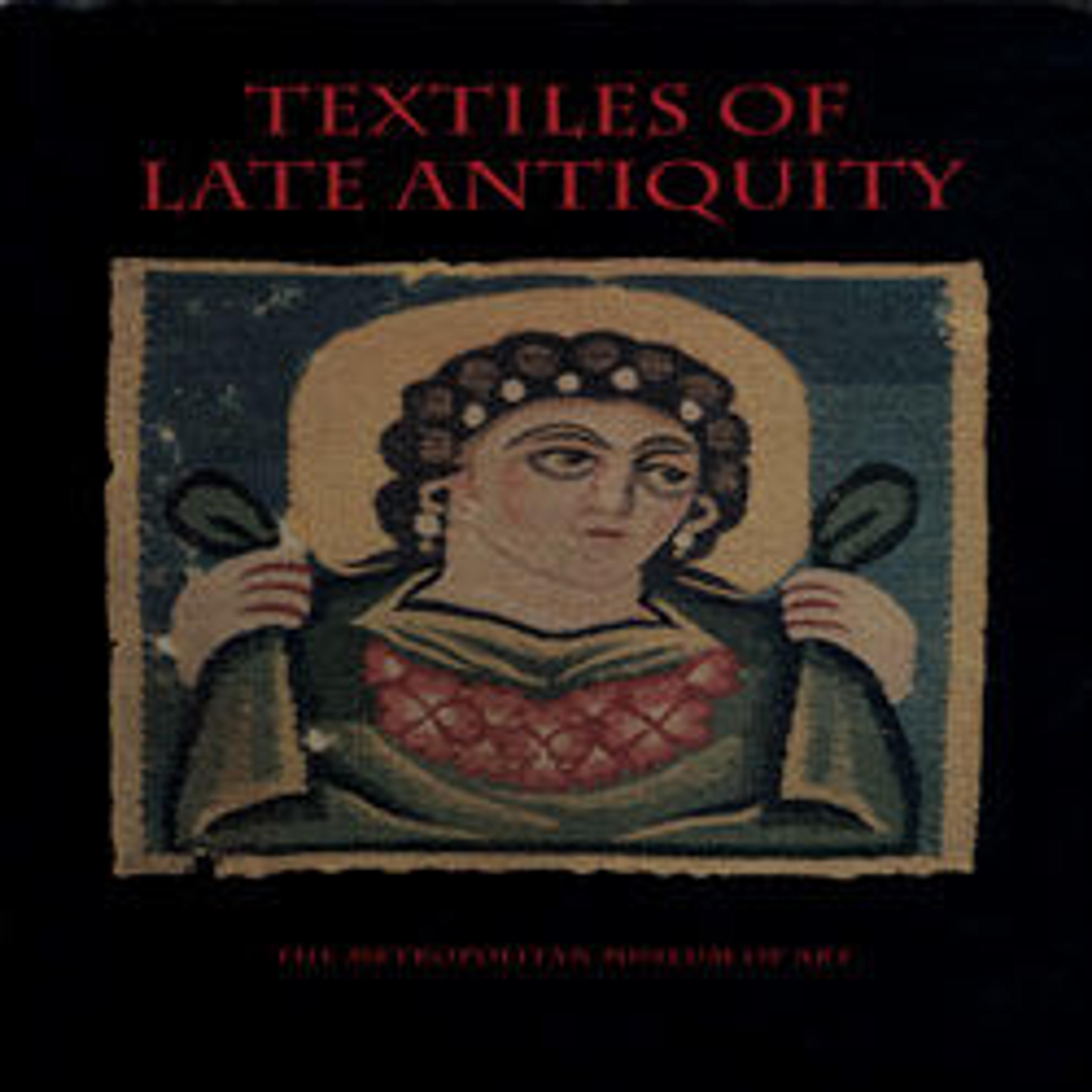Square with Bucolic Landscape
At the center of this finely woven square, a dancing shepherd wearing an animal-skin exomis (a short tunic fastened at the shoulder worn for exercise, riding, or labor) holds in the air what may be a libation vessel used for the ritual pouring of a liquid in honor of gods, heroes, or the dead. He is surrounded by a flock of leaping, horned animals. Two naked, dancing women, possibly nymphs, occupy opposite corners; the remaining corners are filled with plants, perhaps lotus. Pastoral scenes inhabited by figures associated with classical mythology were common on late antique textiles. Along with maenads and satyrs, shepherds and nymphs often made up Dionysos’s entourage. Almost identical imagery is found on the lower part of a tunic in the collections of the Musée départmental des Antiquités in Rouen, France; this square may have been part of that tunic or one very similar to it.
Artwork Details
- Title: Square with Bucolic Landscape
- Date: 4th–6th century
- Geography: Attributed to Egypt
- Medium: Linen, wool; plain weave, tapestry weave
- Dimensions: Max. H. 6 1/2 in. (16.7 cm)
Max. W. 7 1/4 in. (18.5 cm) - Classification: Textiles
- Credit Line: Gift of George F. Baker, 1890
- Object Number: 90.5.824
- Curatorial Department: Islamic Art
More Artwork
Research Resources
The Met provides unparalleled resources for research and welcomes an international community of students and scholars. The Met's Open Access API is where creators and researchers can connect to the The Met collection. Open Access data and public domain images are available for unrestricted commercial and noncommercial use without permission or fee.
To request images under copyright and other restrictions, please use this Image Request form.
Feedback
We continue to research and examine historical and cultural context for objects in The Met collection. If you have comments or questions about this object record, please complete and submit this form. The Museum looks forward to receiving your comments.
